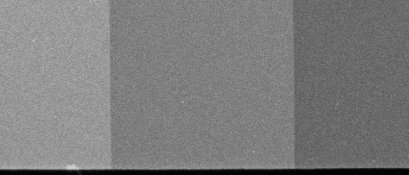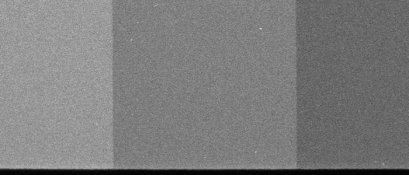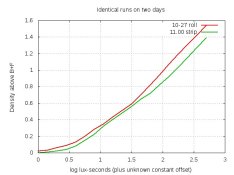albada
Subscriber
I don't know of any developer produced on a non-profit basis that contains a chelating agent to prevent hard water cloudiness.This includes all Crawley's published formulae, PMK Pyro,the Pyrocats. Gainer's PC-TEA etc.I have not come across any grumbles on the internet about cloudiness produced by these developers.
I hadn't thought of that, and thanks for pointing it out. Maybe such folks typically use distilled or DI water. Anyway, it's an easy test, so I might as well check if all that citric acid prevents cloudiness.
Is 99% TEA hard to obtain in the UK? This subject was brought up a few months ago, and I don't recall a clear conclusion. Does Mistralni sell 98% TEA? I think you can get it at Fototechnik Suvatlar in Germany. In the US, 99% TEA can be purchased from The Chemistry Store. For consistency, I suggest avoiding the 85% TEA sold by the Formulary.
A few months ago, PE wrote "...buffer capacity can be looked at as the total number of moles of alkali present in a solution." TEA is an alkali, and when used as the main solvent, it contributes a large number of moles and therefore should boost buffer capacity greatly. That's a strong advantage.
Today's Experiment -- reducing viscosity of TEA by mixing in PG:
I wanted to see how much propylene glycol (PG) needed to be mixed into TEA to get acceptable viscosity at cool temperatures. A water-bath kept temperature at 17C, simulating a cool darkroom in winter. A 28%-72% mixture of PG-TEA had reasonable viscosity at 17C. Dissolving powdered chemicals will boost viscosity a little, so I'd say 33%-67% (one third / two thirds) of PG-TEA would work well.
Mark Overton









 In addition, I have some salicylic acid, so I can run with/without tests to see how much difference that makes.
In addition, I have some salicylic acid, so I can run with/without tests to see how much difference that makes.




